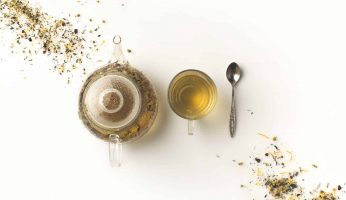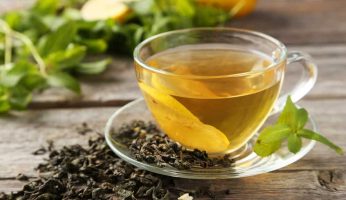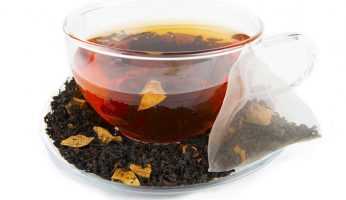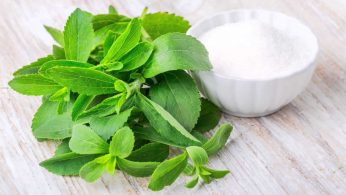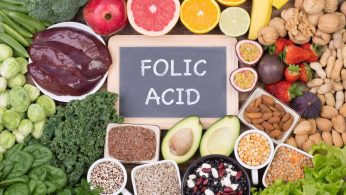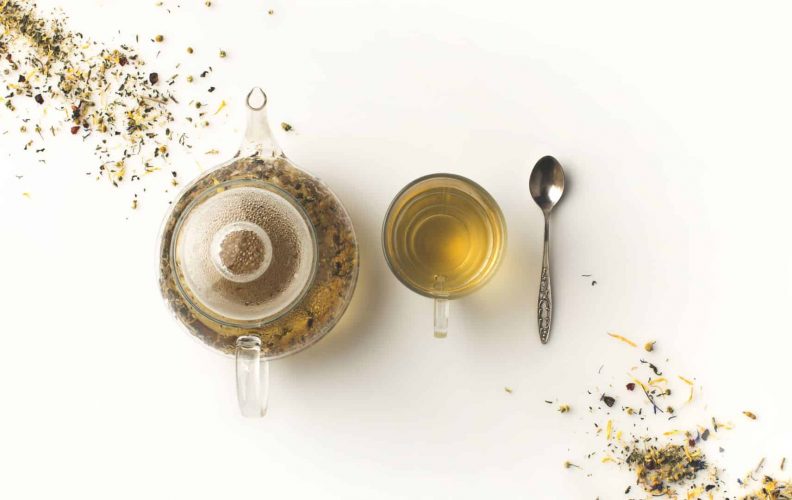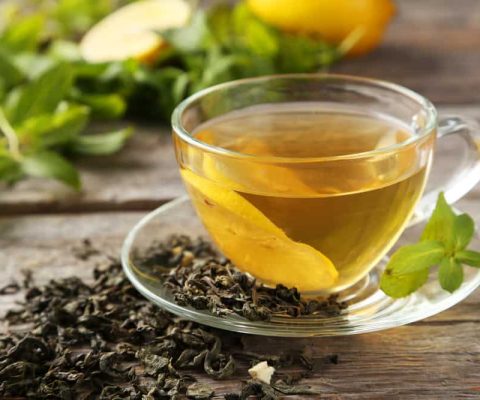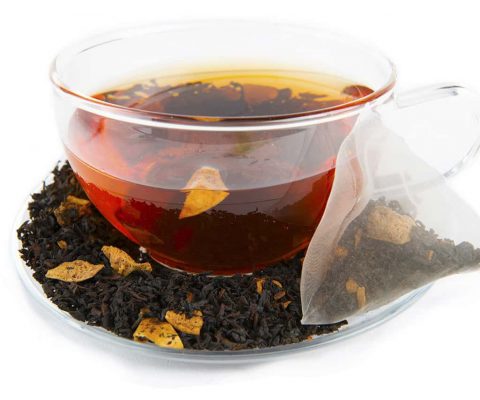Japanese Green Tea: Grown with Care, Brewed with Love
Disclosure: We use affiliate links and may receive a small commission on purchases.
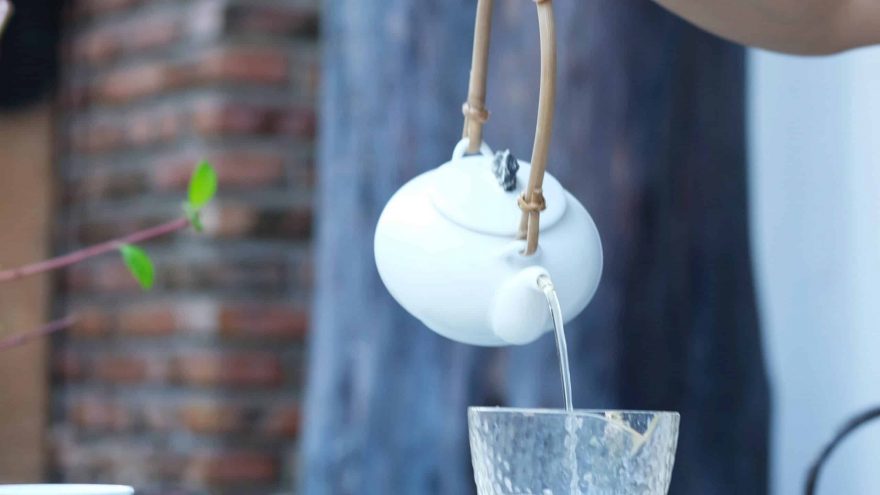 Japanese Green Tea: Grown with Care, Brewed with Love
thefitbay.com
Japanese Green Tea: Grown with Care, Brewed with Love
thefitbay.com
Tea is the second most common beverage in the world after water. And why not? It’s a simple beverage, only boiled water and leaves, but it’s so much more. Hundreds of hours can go into the cultivation and production of high-quality green tea brands before they reach your cup.
What makes Japanese tea different from other teas? Why is it so prized and unique?
While all teas require careful cultivation and special treatments, Japanese green tea is unique. The areas it is grown in lends special flavors to the end product, while the health benefits can vastly outweigh other forms of tea.
If you’re looking for a new favorite beverage, Japanese green tea could be the tea for you.
How to Make Japanese Green Tea
Incredibly, most of all of the many varieties of ‘true’ tea come from the same plant, the Camellia sinensis, which is technically an evergreen (just like your Christmas tree). (1)
This specific variety of the camellia plant makes black tea, white tea, and of course green tea.
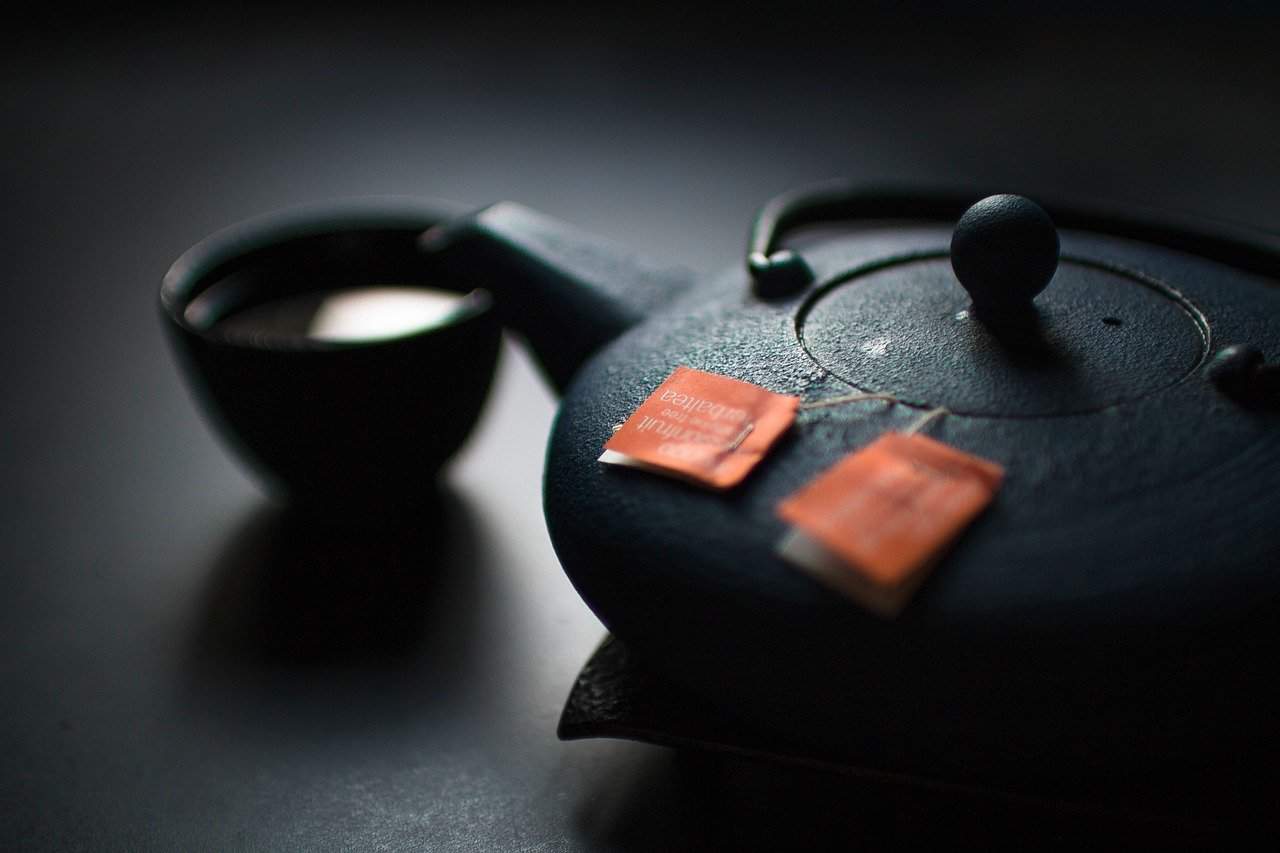
Japan began cultivating green tea after Chinese monks introduced the nation to the stimulating beverage. While it was originally only drunk by monks and later emperors, eventually the whole island was blessed with the health benefits of green tea.
Green tea accounts for over a quarter of all tea sold on the planet, which proves its popularity. (2) With delicate flavors and subtle grassy notes, the tea from Japan is easily distinguishable from others.
The soil it is grown in as well as the post-harvest treatments are all essential to making Japanese tea irreplaceable in your tea cupboard.
Growing Japanese Green Tea
Even though it’s fast and easy to put a tea bag in your mug and add water at home, the process to grow tea is often time-consuming. From cultivation to the final product, tea is a labor of love.
The plants themselves can become huge if left unchecked in the wild. For tea cultivation, workers keep them pruned to a reasonable size to make it easy to reach the leaves by hand.
Cultivation
Just like wine, where tea is grown can significantly affect its flavor. In Japan, there are three main areas of tea growth, though most grow their own varieties too.
The finest tea is grown at higher elevations. You can imagine it’s much easier to grow tea on flat land where it can be harvested with greater crop yield, but that is exactly what makes fine Japanese green tea so prized (3).
Tea grows best in warm, humid climates with lots of rain. Tiny seedlings and cuttings are cultivated for two years before fixed planting in huge groves. Tea bushes (that’s right, they’re bushes!) can grow for over eight years before they are ready for harvesting. (4)
Most tea plantations can keep bushes for over 60 years before their leaves begin to lose flavor—and the oldest Japanese green tea bush might be over 400 years old. (5,6,7)
New plants are propagated through cuttings, so you may be drinking the same variety of leaves from hundreds and hundreds of years ago.
Seasonal Changes
New shoots begin to show in the spring and the brand new leaves are plucked to create shincha—delicate, green tea. Later flushes of leaves are harvested throughout the spring and summer to create other varieties.
Many of the finer varieties of organic Japanese green tea are plucked by hand since machines aren’t as capable of delicately harvesting the fine leaves.
Only the top few leaves are taken, which means the freshest and newest leaves from each plant go into the tea. This is one reason why fine teas can be so expensive, the harvesting process is labor-intensive and time-consuming.

Treatment
Green tea really isn’t that different from black tea. It’s all in the preparation. When tea leaves are ready (and that can depend on what kind of tea being made) they are harvested. They are then treated in various ways.
In Japanese green tea, most are fixed to prevent the tea leaf from breaking down, a process called oxidation. (8) Black tea, on the other hand, is allowed to oxidize much more, which changes the color of the leaf from green to brown and black. This changes the flavor, too.
Steaming
In Japanese green tea, the first step after harvesting is removing stems and errant twigs. Once this is done, the process of steaming can begin. This is a very important step called “kill-green.” It only takes a minute or two but gives Japanese green tea its specialized flavor.
Black tea is not steamed, one reason that green tea is so distinctive. Japanese green teas have a much higher green color than Chinese tea, for example, where leaves are pan-fried or toasted resulting in a yellow color. Steaming results in a mild flavor and helps retain the grassy flavor common to green teas.
Rolling
Once tea leaves have been steamed, they still need further processing before you have tea in your cup. Rolling tea used to be done by hand, and some of the most expensive teas still employ this method. However, many types of tea are now rolled with machines.
Rolling helps remove excess moisture from the tea leaves. Oils in the leaves are released as the leaves are handled, which improves the flavor. Japanese green teas are unique because they are not allowed to oxidize before drying and rolling, they stay bright green and keep a light, grassy flavor.
Drying
The moisture from tea needs to be almost completely gone to make it suitable for steeping and storage. Green teas are dried with warm air constantly circulated, which preserves the flavor and color.
Once drying is done, the tea is ready for packaging and drinking.

Types of Japanese Green Tea
In Japan, Japanese green tea is referred to as nihoncha, or the even simpler oncha (which translates to ‘tea’). Tea can be referred to by the type of harvest or by the area in which it is grown.
Often, prefectures (similar to American states but usually a grouping of villages and towns) have specific types of tea that are grown. Some have become famous for particularly fine teas.
Here are a few of the most popular varieties, though there are many others based on region and variation in the steaming and rolling stages.
Matcha
Green tea in Japanese tea ceremonies is even further treated to create an expensive specialty product known as matcha. These teas are grown in shaded areas, which bumps up the chlorophyll content in the leaves. Only the best and most tender leaves are harvested for matcha.
Once the tea leaves are steamed, rolled, and dried they can be ground. Though today, some matcha powder is produced in mechanized machines, high-quality green tea brands still come whole so they can be ground by hand in stone grinders just before preparation.
The Japanese green tea powder is whisked into boiling water to create a delicious brew. Luckily, nowadays you don’t have to be Japanese royalty to enjoy matcha tea in your own private tea ceremony. The benefits of green tea are heightened in this variety, partly because of its cultivation and because of how it is prepared, which will be discussed later.
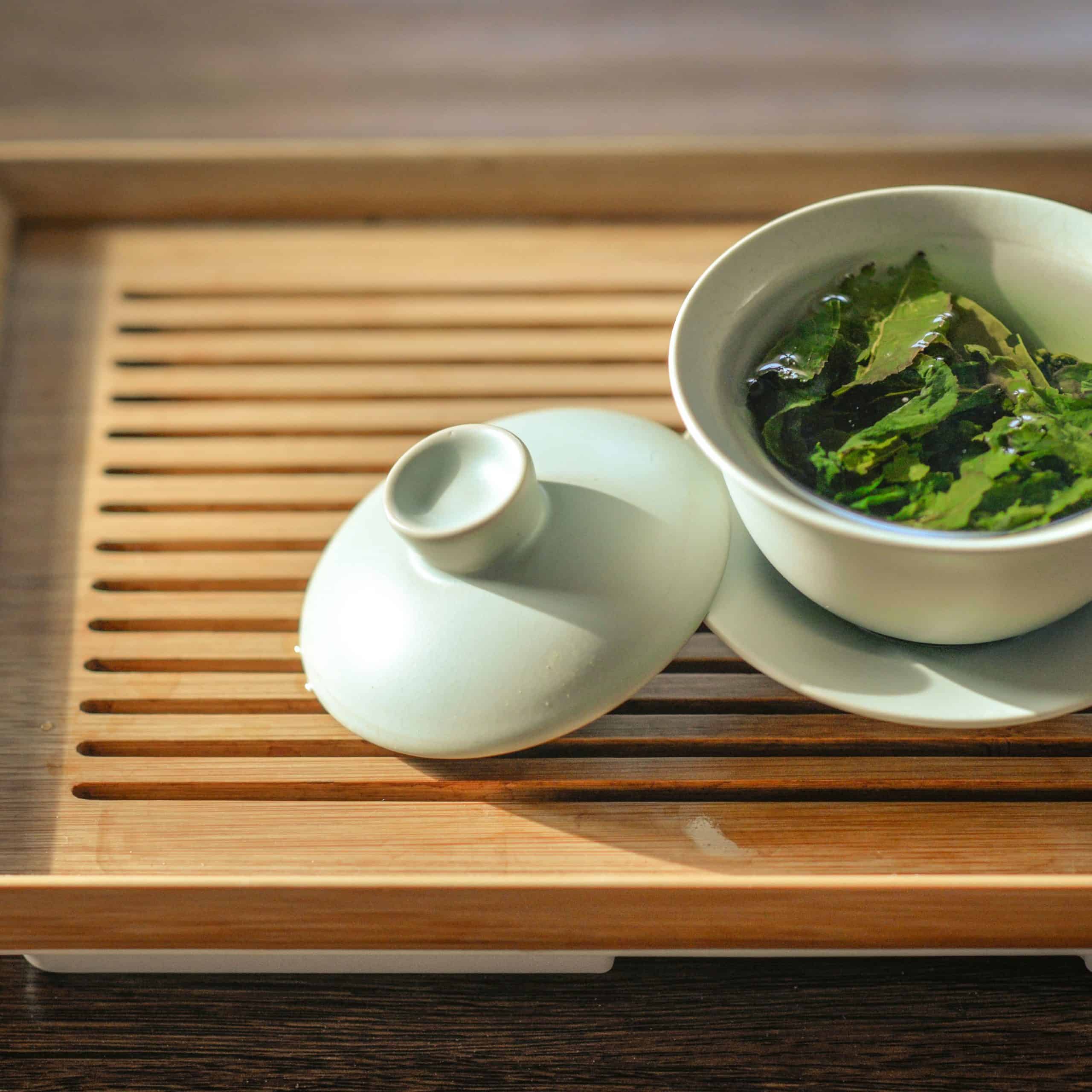
Sencha
There are many famous types of Japanese green tea and sencha is one of the most famous. Like other teas, it can be harvested and treated by hand or with machines.
There are a few varieties of sencha. Some differ because of harvest time, different lengths of steaming, and brew times. The most common, true sencha tea, is what we might call “common man tea”. It is a general tea, drunk by anyone and lacks special distinctions.
There are different varie-teas (see what we did there?) of Japanese sencha green tea that are more special than the common types.
- Gyokuro – Tea leaves that have been partially blocked from sunlight for about three weeks before harvesting. This boosts the chlorophyll content in the leaves, making them greener than other leaves. Gyokuro is also called “covered-tea” since it is grown in the shade.
- Kabusecha – Tea leaves that have been blocked from sunlight, but for a shorter period-about a week.
- Hojicha – This tea is grown normally but treated with roasting after it is steamed. The flavors change and some of the caffeine is naturally removed through this process.
- Shincha – This tea, like hojicha above, is lower in caffeine and less bitter because of how it is harvested. When the tea bushes offer the first flushes of the spring season in February, these first and finest leaves are plucked. Though they are not wholly different from other harvest times, the leaves are more tender and offer more nutrients than leaves at other harvest times.
Genmaicha
Also called “popcorn tea” genmaicha is a little different from the everyday tea we might drink in the USA. First, it isn’t just tea! This beverage is mixed with brown rice, which adds a unique flavor profile and specific vitamins and minerals not available in normal tea.
The brown rice is first roasted, which causes some of the grains to pop like corn, which lends the tea its name. It is then mixed, like a filler. It can be made with almost any variety of green tea, like gyokuro or shincha but is usually mixed with basic sencha tea.
Some legends say it only came about in the 1920s when a tea farmer’s daughter married a rice farmer’s son and they mixed their two cash crops together for the wedding. However it came about, the tea is delicious and has interesting flavors.
Though genmaicha is lower in vitamin C and other amino acids than other teas like sencha, it has health benefits. (9) Since it is not pure tea leaves, there is reduced caffeine which can make this an ideal beverage for young children or people who are pregnant. It also has a fair amount of fiber, due to the brown rice which can help relieve constipation and other gastric distress conditions. (10)
High iron, calcium, and a variety of vitamins also make this a ‘fasting beverage’. In between meals or as an addition to a low-calorie diet, genmaicha aids weight loss while still maintaining your body’s delicate balance of nutrients.
Health Benefits of Japanese Matcha Green Tea
As you can see there is a great variety of brewed beverages available. In The Story of Tea, the authors report over 20,000 types of tea in the world! (11)
But how do Japanese green tea benefits outweigh the competition?
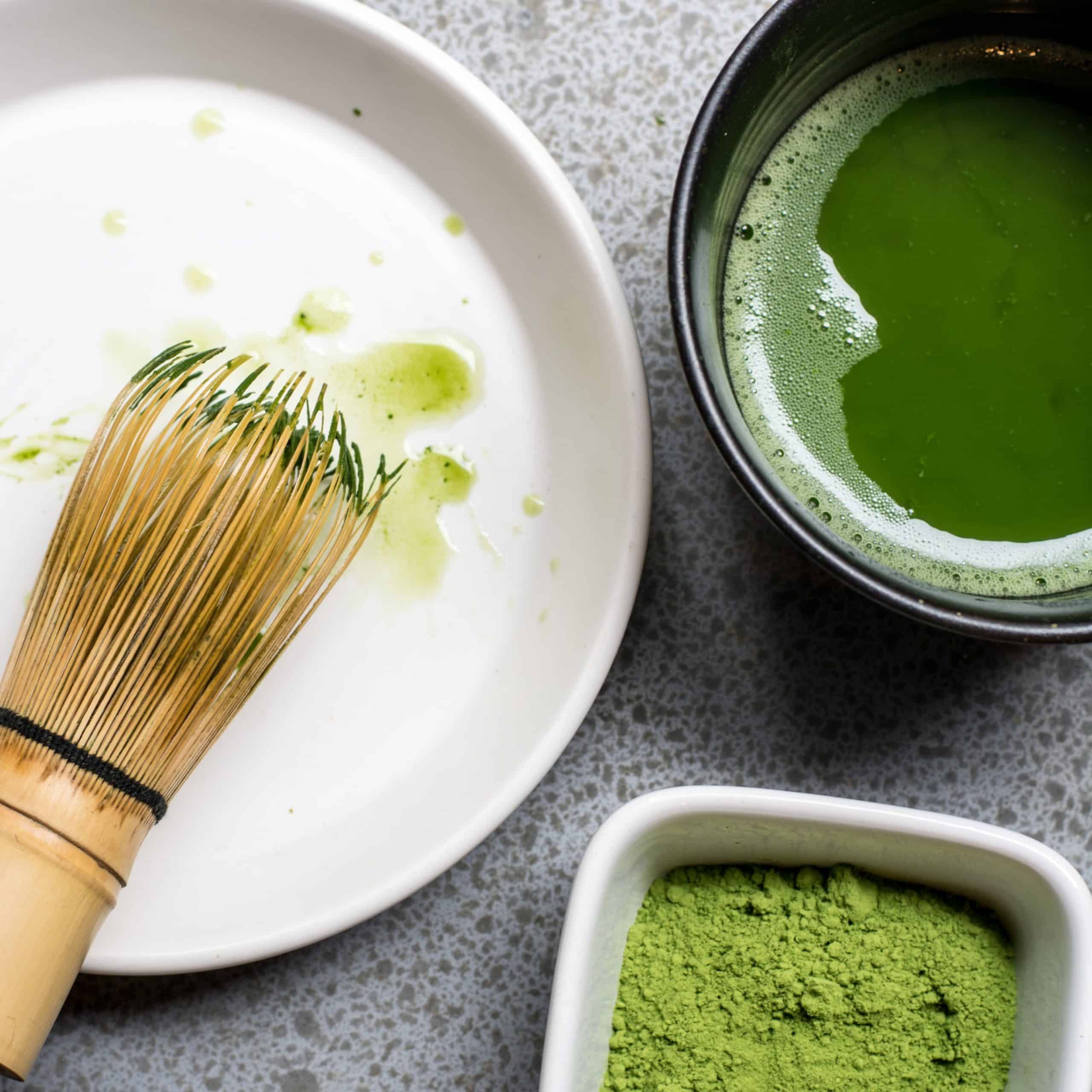
Matcha Health Benefits
We have discussed the production of matcha already. Made with high-quality leaves, it is treated with the utmost care and ground into fine particles. This powder is whisked into boiling water, instead of steeping and removing the leaves. This gives some amazing benefits that can be lost in the traditional brew method since the whole leaf is consumed.
Matcha is grown in the shade just like gyokuro, so it has higher levels of chlorophyll (the chemical that gives plants their green color). Some studies show that liquid chlorophyll has great benefits to the body by assisting the progress of weight loss and lowering blood pressure. (12)
Found in many types of food, catechin chemicals are also present in green teas. Of these, many are reported to have great health benefits. The star of the show is epigallocatechin gallate (EGCG), a catechin that is prevalent in high levels in fine green teas.
EGCG is highest in organic Japanese green tea matcha, and drunk often it can have great health benefits, including cancer inhibition. (13) Green tea performed best in randomized trials that looked at the effects of tea intake on blood pressure. (14)
As far as vitamins and minerals, matcha also has a huge amount of amino acid (almost 272 milligrams per serving) and over 50 percent of your daily Vitamin A requirements. The high levels of calcium and iron can help keep your bones strong, while the protein is equivalent to over 15 ounces of steak!
Green tea, in general, can also improve heart issues and aid in weight loss. (15) Most of these benefits have been reported through long term use, so a cup or more a day is your best bet to reap the rewards.
Be careful if you have a sensitivity to caffeine, however, since matcha tea has almost double the amount of a cup of coffee. Since the tea is made with whole leaves, the caffeine release is very slow, which can sustain you over your whole day.
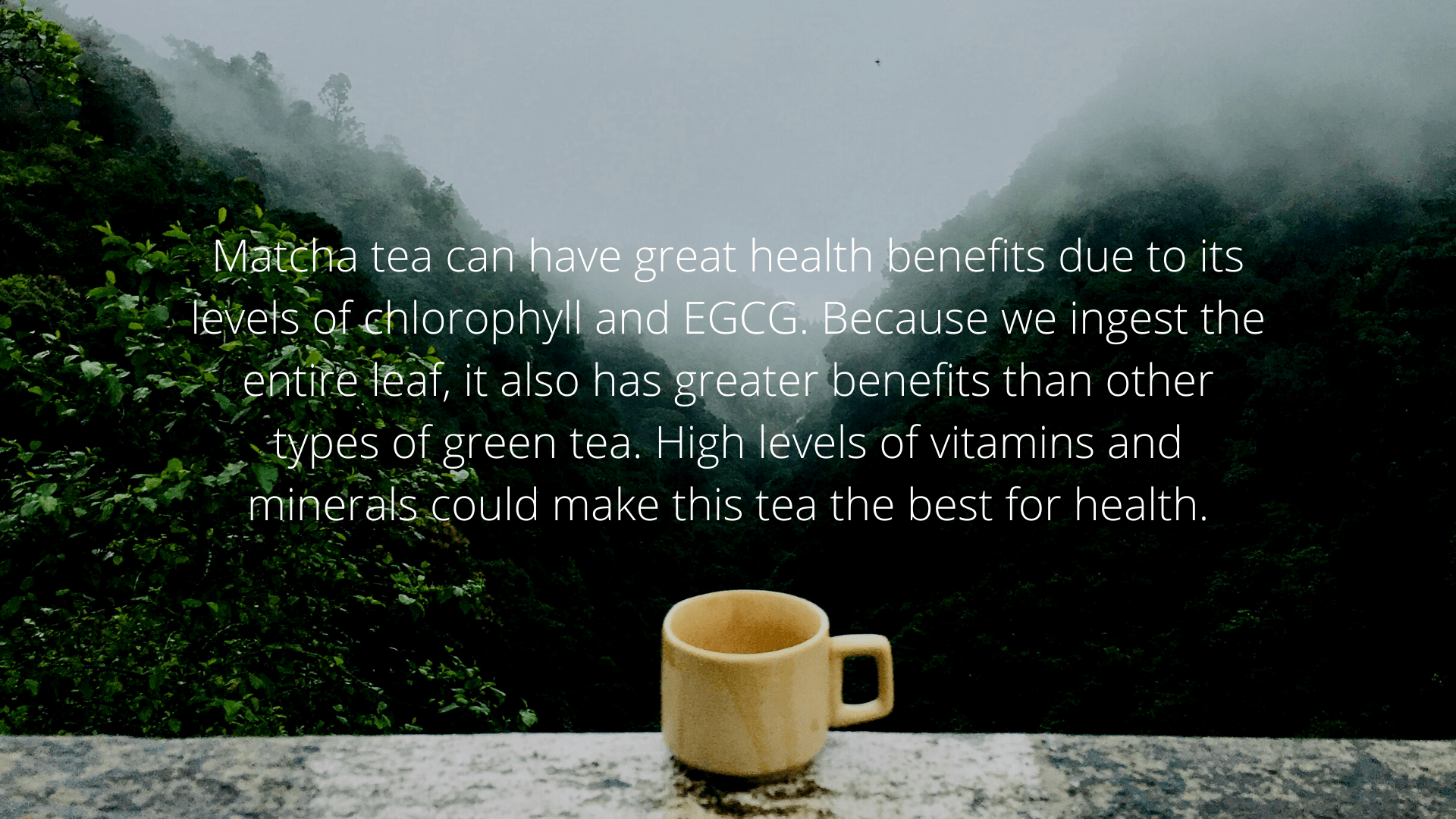
Bottom Line
With a wide selection of flavors and aromatics, Japanese green tea is unique. Where it is grown and harvested creates a one of a kind flavor, and higher elevations of growth imbue the tea with a fresh, grassy taste.
Choosing to drink Japanese green tea could also improve your life. Through its wide health benefits, tea has been helping generations upon generations in Japan live longer and healthier lives. It contributes to weight loss, healthy body functions, and is filled with antioxidants and vitamins.
If you’re reaching for tea this morning, why not try Japanese green tea? If you like light flavors, try a gyokuro or shincha. For the health benefits of green tea, reach for a matcha tea (which can also be added to foods and desserts). You may love the flavor, but you’ll keep drinking for the way it makes you feel.

